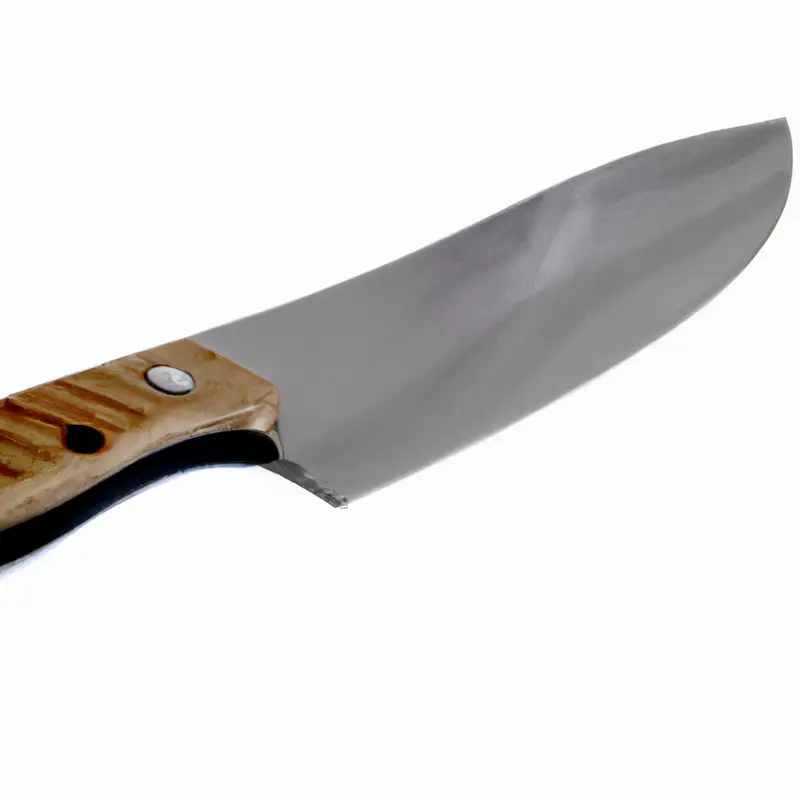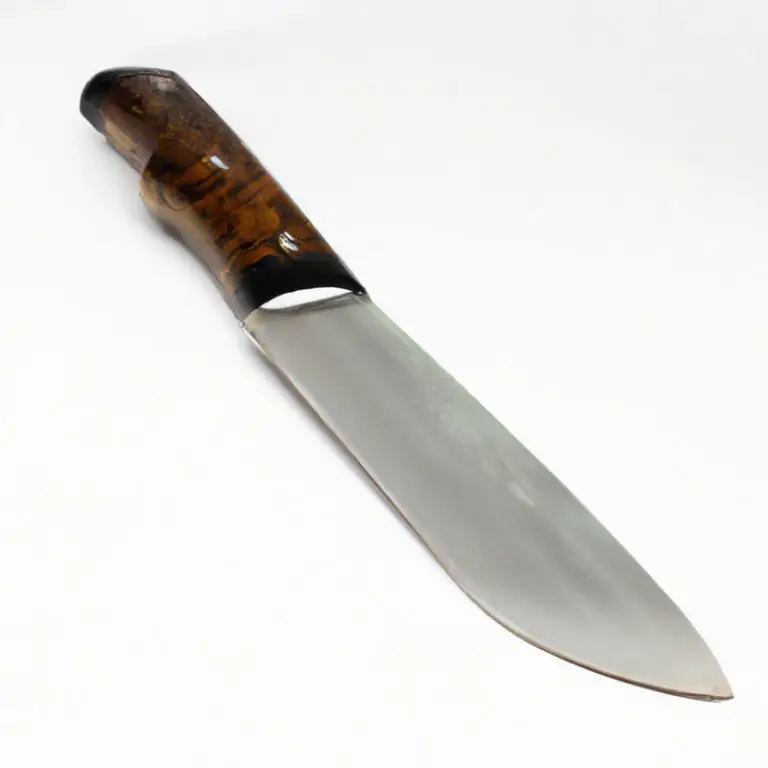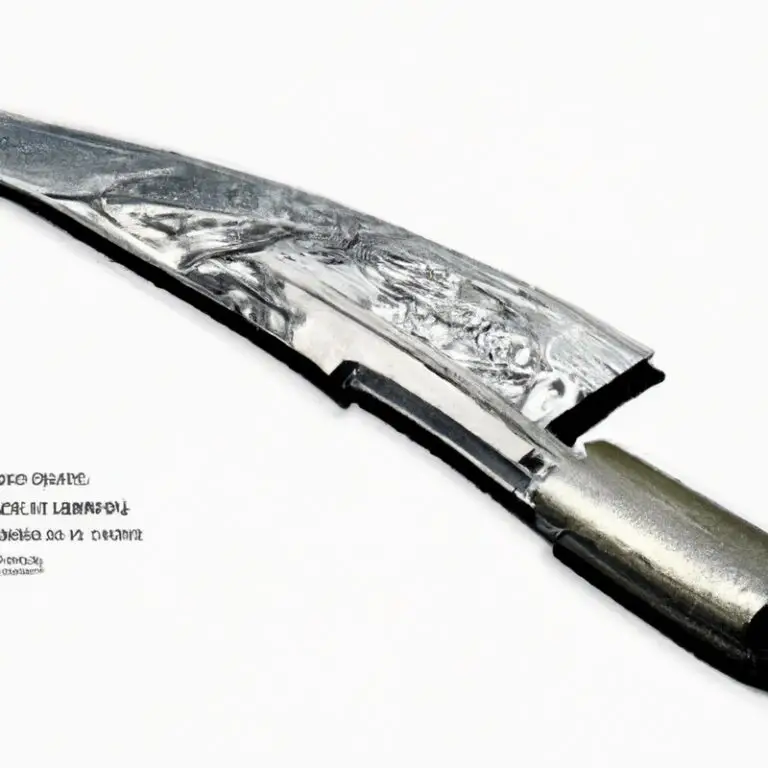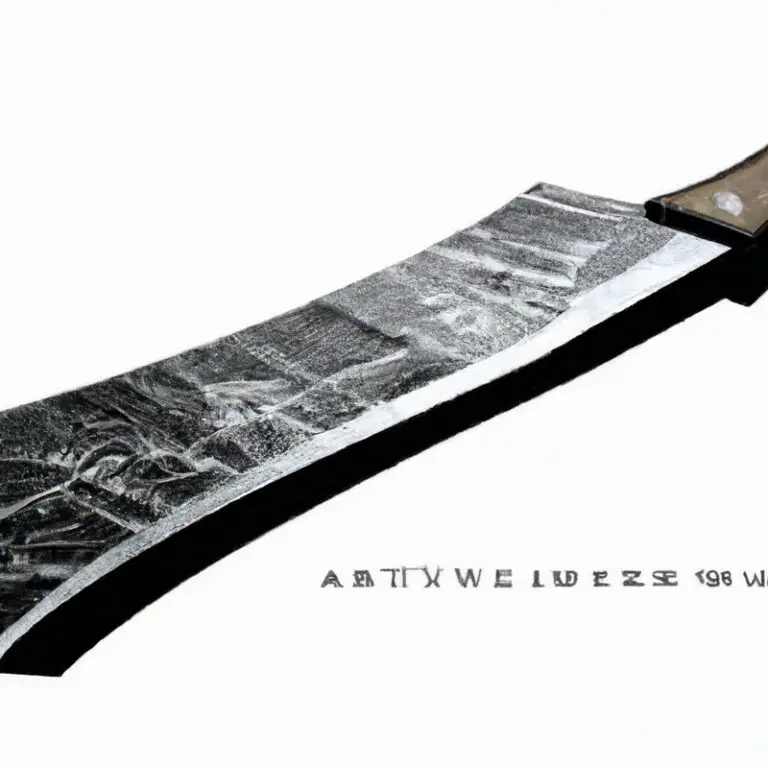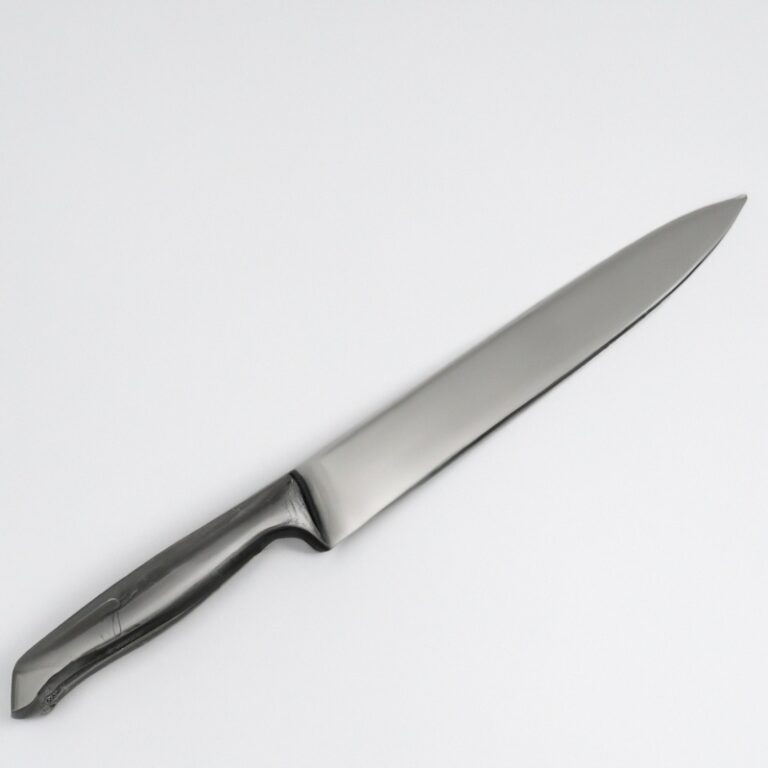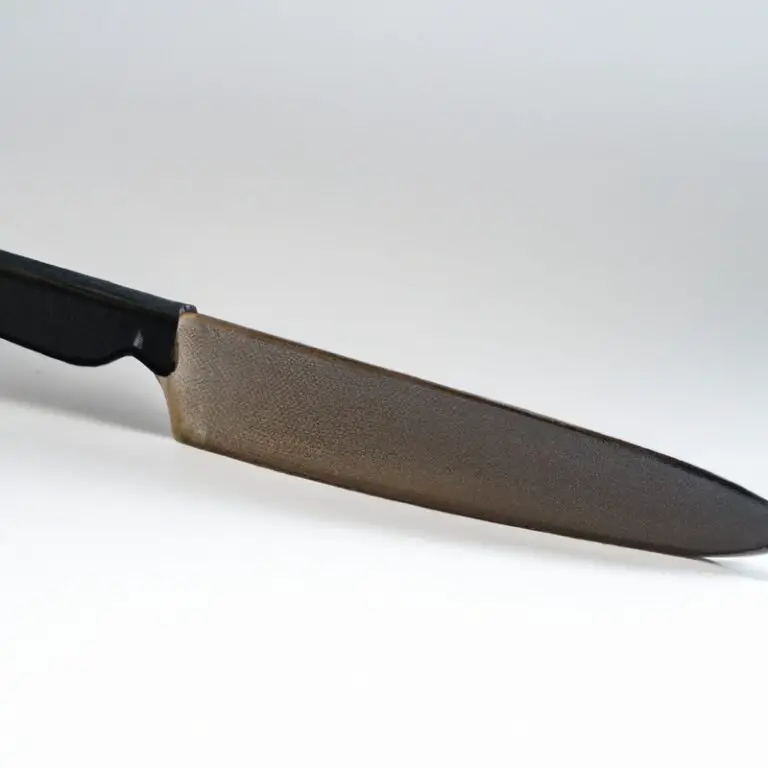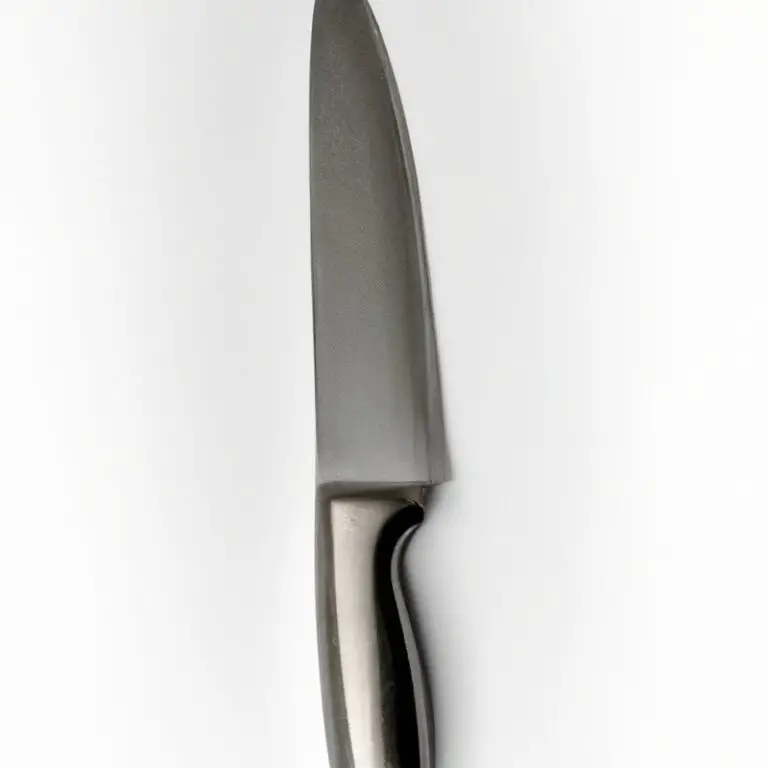How To Fillet a Halibut Using a Fillet Knife? Tips
Key Takeaways:
- Use a sharp fillet knife to fillet a halibut, ensuring clean cuts and minimizing waste.
- Start by making a cut behind the gills and follow the spine down to the tail, removing the fillet in one piece.
- Remove the skin by inserting the knife between the flesh and skin at the tail end and gently sliding it along.
- Practice makes perfect – the more you fillet, the better you’ll become at achieving a desirable yield and minimizing bones.
Are you looking to up your seafood skills in the kitchen? Filleting a halibut may seem daunting at first, but with the right tools and techniques, it can be a breeze.
The key is in using the right fillet knife and knowing how to properly clean and cut the fish.
As an experienced seafood chef, I have learned the tips and tricks necessary to achieve perfectly filleted halibut. In this article, I will guide you through the proper steps to fillet a halibut using a fillet knife, from preparing your workspace to trimming the fillet for finishing touches.
| Fillet Step | Description |
|---|---|
| Step 1 | Lay the halibut on its side on a cutting board or flat surface. Hold the tail end with one hand. |
| Step 2 | With the other hand, insert the fillet knife into the fish’s body behind the gills. Slice down the length of the fish’s body to the backbone. |
| Step 3 | Turn the fish around and repeat step 2 on the bottom of the fish. You should now have two fillets attached to the fish by the backbone. |
| Step 4 | Locate the fish’s backbone and make an incision along the bone. Use the knife to separate the flesh from the bone. |
| Step 5 | Cut through the rib bones with a pair of sturdy scissors or use the fillet knife to cut around them. |
| Step 6 | Run your fillet knife flat along the skin and slice the meat away from the skin. Be careful not to leave any meat behind, but try not to cut too deep into the skin. |
| Step 7 | Repeat with the other fillet to remove the skin. |
Preparing Your Workspace
Before jumping into filleting your halibut, it’s crucial to prepare your workspace properly. This helps ensure efficiency and safety during the process.
Firstly, ensure that you have a clean and spacious area to work in.
Make sure there’s adequate lighting, and that your workspace is clear of any obstructions to allow for smooth movement. Covering your workspace with a plastic sheet or newspaper can make cleaning up much easier.
Next, gather all the necessary equipment and tools, including a fillet knife, cutting board, scaler, fish pliers, and a sharpener.
Keeping all of these tools nearby and organized can save time and help you stay focused on the task. Lastly, ensure that you have a steady surface to work on.
A non-slip cutting board is ideal since it reduces the risk of accidents and protects your countertop.
By properly preparing your workspace, you can significantly streamline the filleting process and make the experience safer, efficient, and enjoyable.
Choosing the Right Fillet Knife
Choosing the right fillet knife is crucial for a successful filleting experience. Look for a knife with a flexible, sharp blade that can easily navigate around the bones and contours of the fish.
A fillet knife with a long blade is ideal for larger fish like halibut, while a shorter blade may work better for smaller fish.
Consider the handle as well – make sure it’s comfortable and provides a secure grip to prevent accidents. Stainless steel blades are easy to clean and maintain, but high-carbon steel blades hold an edge longer and are more durable.
Ultimately, invest in a quality fillet knife that fits your needs and budget.
Cleaning and Gutting the Halibut
To clean and gut a halibut, start by removing the scales with a scaler or a dull knife. Then, make an incision from the vent to the base of the head and remove the guts and internal organs.
Rinse the cavity under cold running water to ensure it is clean.
Next, remove the gills and trim any remaining flesh from the head. Cut off the fins and tail.
To complete the gutting process, cut off the head at the base with a sharp knife, separating the head from the body.
Be sure to discard the head, tail, and fins, or keep them to use in making fish stock. Remember to always clean your workspace and tools thoroughly after handling raw fish to prevent cross-contamination.
Removing the Head
To start removing the head of the halibut, place the fish on its side and make a cut just behind the head and pectoral fin using a sharp fillet knife. Then, angle the knife towards the spine and cut through until the blade reaches the backbone.
Next, pull the head back towards the tail end to separate the head from the body.
Removing the head is crucial as it provides access to the internal cavity of the fish, making it easier to clean and prepare the halibut for filleting. Additionally, removing the head can impact the flavor of the fish, making it less fishy and more palatable for consumption.
It’s important to be careful when removing the head as there are bones at the base of the skull that can damage the knife or cause injury to the user.
Make sure to work slowly and deliberately, following the natural contours of the fish to ensure a clean cut.
Cutting Down the Spine
To cut down the spine of a halibut, use the tip of your fillet knife to create a cut behind the head. Follow the spine all the way to the tail, keeping your knife parallel to the bone.
Apply light pressure to avoid hitting any bone, and use your other hand to guide the fillet away from the skeleton as you cut.
Be careful not to cut through the rib bones, as you will remove them in the next step. Repeat the same process on the other side of the halibut.
Once both fillets are separated from the skeleton, discard the remaining carcass or save it for making fish stock.
Cutting down the spine is a crucial step in filleting a halibut, as it allows for easy separation of the top fillet from the skeleton.
Separating the Top Fillet from the Skeleton
To separate the top fillet from the skeleton, make a shallow cut along the length of the fish’s backbone, starting from the head and moving towards the tail. Use the fillet knife to guide the blade along the bones while pressing down firmly.
Once you reach the tail, cut through the fish to separate the fillet completely from the body.
Next, use the fillet knife to carefully cut through the rib bones to completely remove the fillet. Repeat the same process on the other side of the fish to obtain two separate fillets.
Ensure that you have removed all of the bones by lightly running your fingers over the fillet.
Trim off any excess fat or remaining bones, and your halibut fillet is now ready to be skinned and cut into portions.
Removing the Rib Bones
To remove the rib bones from a halibut, use the tip of the fillet knife to carefully cut along the bones. Start at the top of the fillet and gently trace the bone line downwards towards the bottom.
Use the knife to separate the bones from the flesh, cutting as close to the ribs as possible.
Once you have removed all the bones, you can discard them and move on to removing the skin. Taking your time and using a gentle touch will help prevent any accidental cuts or tears in the flesh.
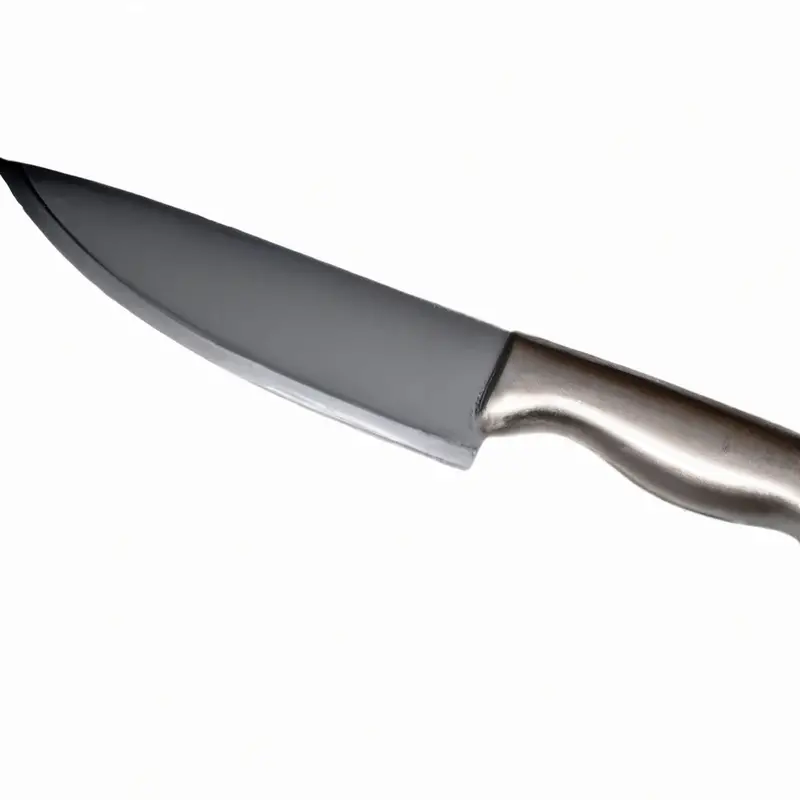
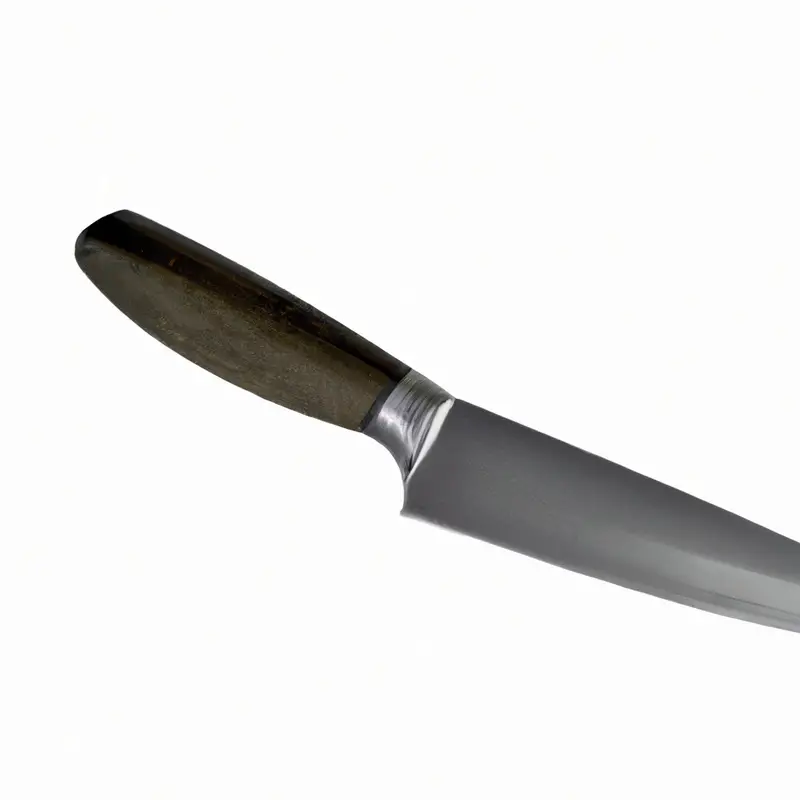
Removing the Skin
Removing the skin from a halibut requires precision and care to prevent losing valuable meat. Start by placing the fillet skin-side down on a cutting board.
Take the tip of the fillet knife and make a small cut where the skin meets the meat.
Hold the knife at a 45-degree angle and use a gentle sawing motion to separate the skin from the flesh. Continue this motion while holding the end of the fillet with your other hand until the skin is entirely removed.
Don’t rush through this process to avoid cuts and getting less amount of meat.
With the skin removed, you can now proceed to trim and prepare the fillet according to your preferred recipe.
Trimming the Fillet for Finishing Touches
After removing the skin and rib bones, it’s time to trim the halibut fillet for finishing touches. Start by feeling for any remaining bones or bumps along the filet with your fingertips.
Use a pair of tweezers or pliers to gently remove any remaining bones.
Be careful not to tear the flesh while doing this. Next, use a sharp fillet knife to trim away any excess fat or meat that may be lining the fillet.
This will give your fillet a clean and polished appearance.
Holding the fillet with the non-dominant hand, use the knife to slice gently and precisely along the edges of the fillet to create an even shape. Finally, you can cut the fillet into smaller portions if you desire.
Use your fillet knife to make precise cuts in a straight line.
This can be helpful if you plan to pan-sear or grill the fish later. Trimming the fillet requires patience and precision, and it’s crucial to ensure that your knife is sharp throughout the process.
Take your time and focus on every cut to achieve perfectly trimmed halibut fillets.
Tips for Achieving Perfectly Cut Fillets
To achieve perfectly cut fillets, there are a few tips and techniques you can follow:
- Keep your knife sharp: A dull knife can cause ragged cuts and tear the flesh. Keep your fillet knife clean and sharp throughout the filleting process with a sharpening stone or honing rod.
- Use a flexible blade: A flexible blade allows you to make precise cuts along the bone, removing more meat and leaving less waste.
- Start at the spine: Make an incision along the spine and use the knife to follow the bone, cutting through the rib bones to free the fillet.
- Use long, smooth strokes: Use long, smooth strokes to separate the flesh from the bones with as few cuts as possible. Taking your time and using a gentle touch will yield a better result.
- Remove all bones: Use your fingers to feel for any remaining bones along the fillet. Any remaining bones will ruin the texture of the meat and make eating it a less enjoyable experience.
By following these tips, you’ll be able to achieve perfectly cut halibut fillets. Remember to keep your workspace clean, use a sharp knife, and practice patience.
Happy filleting!
Final Verdict
Filleting a halibut can seem daunting, but with the right tools and techniques, it can be a satisfying and even enjoyable task. By preparing your workspace, choosing the right fillet knife, and following step-by-step instructions, you can achieve perfectly cut fillets.
Remember to prioritize safety by using a sharp knife and cutting away from your body.
With practice, filleting a halibut will become a seamless part of your culinary repertoire. By following the tips outlined in this article, you can achieve expert-level filleting skills and impress your dinner guests with your culinary prowess.
Trust in your abilities, follow the best practices, and enjoy the process.
Happy filleting!

